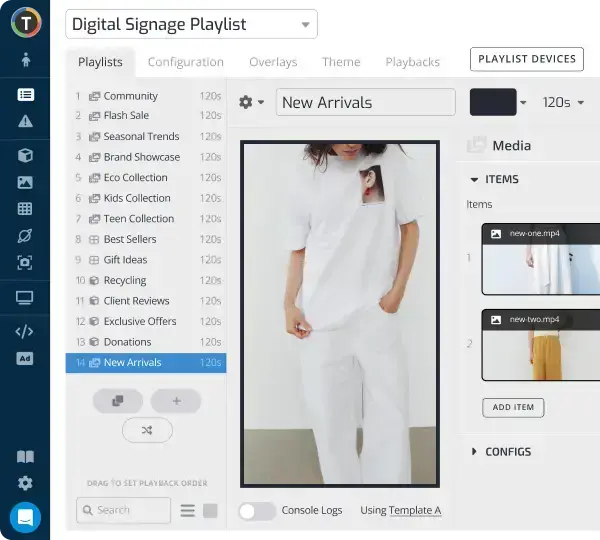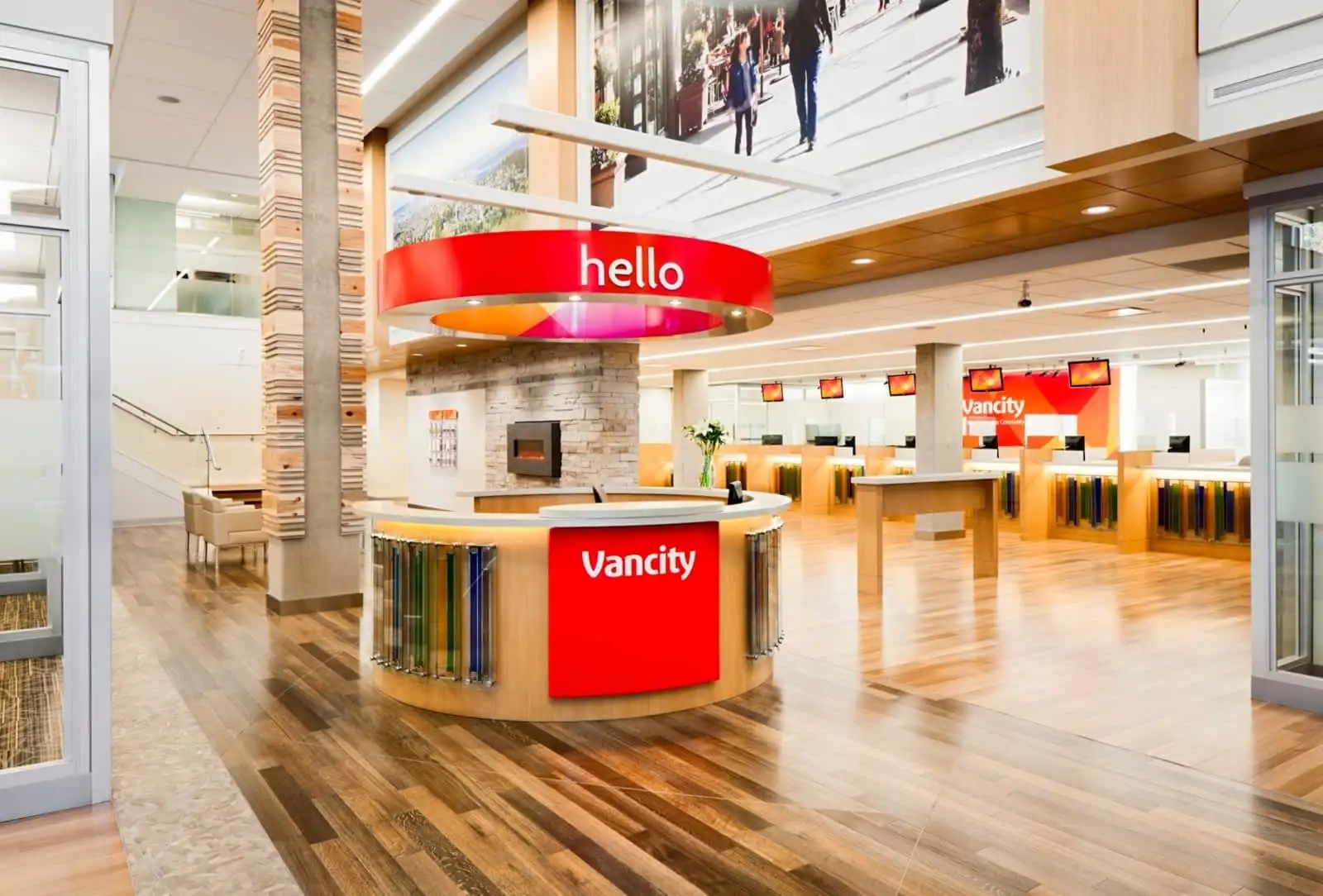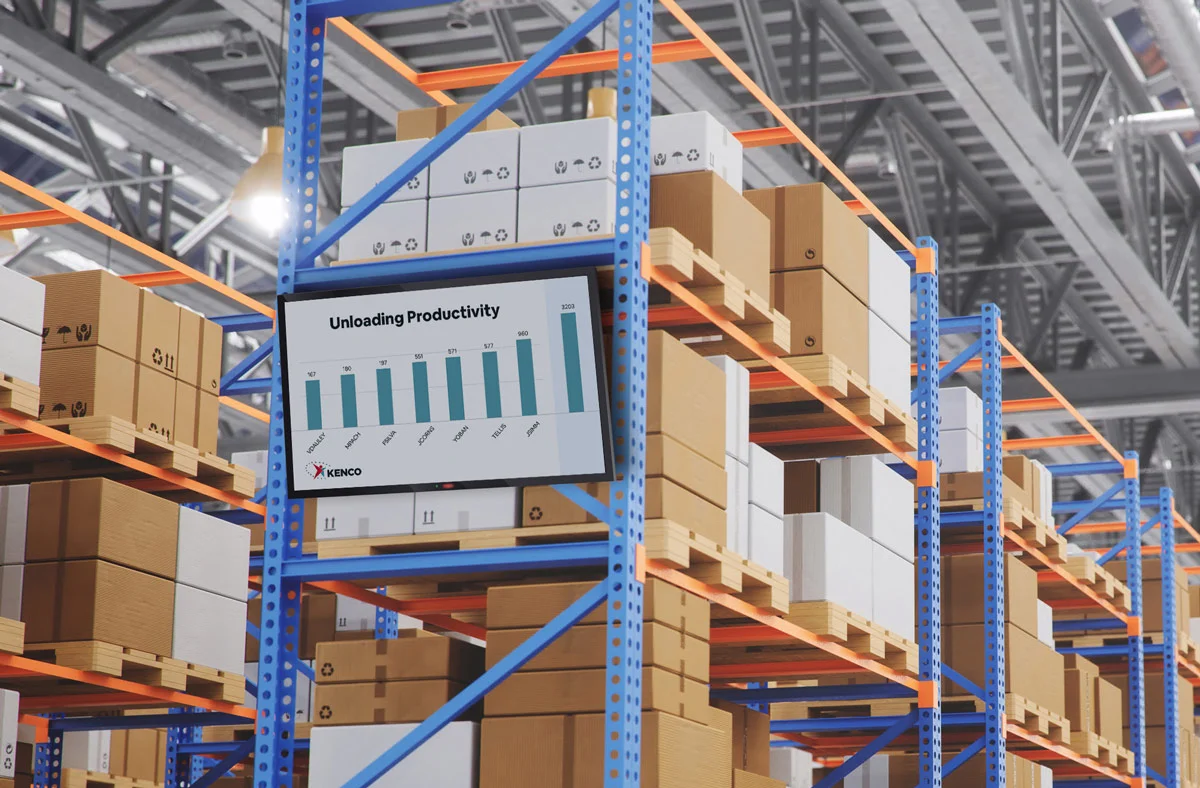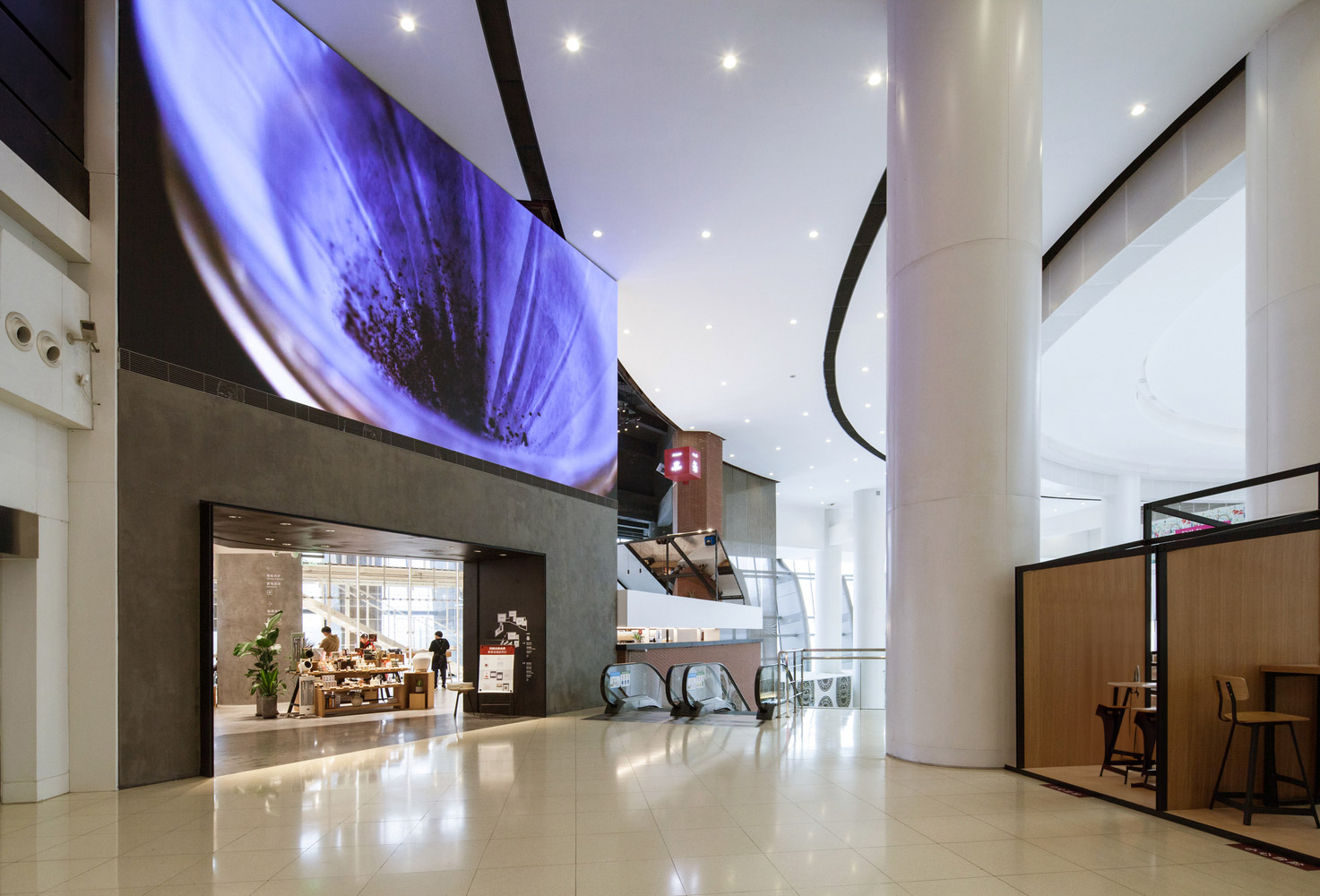Digital Signage for Smart Cities: How it Works
WRITTEN BY: TelemetryTV, 01-27-2022
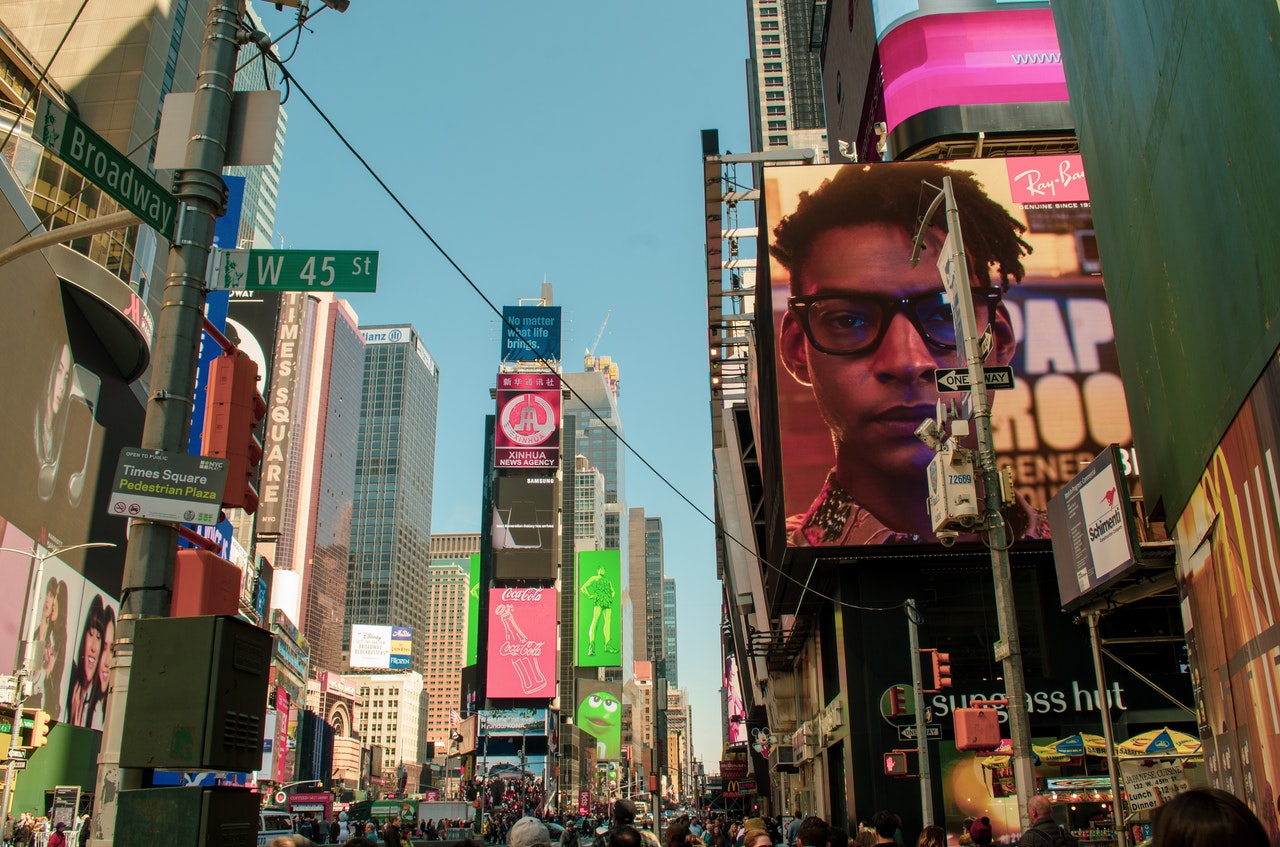
Smart cities are the future. They enable cities to run more efficiently while simultaneously boosting the quality of life for residents. In complex structures like cities, this is a huge deal.
But what exactly is a smart city?
Short answer: a smart city uses “smart” technology and data to improve things like public transport, traffic flow, power distribution, and communications. Put simply, smart technology is used to create a city where almost every smart device works in tandem to create a better functioning city.
Digital signage is one such smart device that cities can leverage.
How digital signage helps cities become “smart”

Digital signage’s role in creating smart cities is pretty straightforward. Digital signage refers to the use of screens and other digital displays to communicate helpful, informative, and highly useful information to those who can see it.
A network of screens spread across a city leads to nearly unlimited use cases and benefits for smart cities.
Benefits for cities
Put simply, smart city digital signage leads to more informed citizens, increased operational efficiency, better management and utilization of city resources, and superior public transportation.
With that said, here are a few examples of how digital signage helps smart cities:
- Connect and communicate with other smart devices
- Build city branding with content on screens
- Use digital signage face recognition to better understand audiences
- Run content that dynamically updates based on data or triggers
- Leverage screens as ad space to generate additional revenue
Digital signage also happens to be extremely eco-friendly.
Benefits for advertisers
To further that last point, a network of screens across a smart city will also draw the attention of advertisers—and big time. That’s because potentially thousands of city residents will come into eye contact with your digital signs every day, and that’s a value proposition you can sell to marketers. In metro stations, on street corners, and perhaps on digital billboards or other DooH displays as well, you can use digital signs to generate ad revenue.
So not only will smart cities cash in on advertising on their screens, but they will also provide an avenue for local businesses to reach more people. That’s a win-win for everyone involved.
Benefits for public transportation
Smart city digital signage really shines when it comes to transportation. That’s because digital displays placed across public transport hubs like bus stations, airports, and subway lines in smart cities help commuters tremendously.
To give you a better idea of how much digital signage can help enhance public transport, here are a few examples:
- Digital wayfinding systems make sure commuters never get lost
- Departure and arrival times can be displayed on screens
- Content on screens can be updated in seconds to reflect cancelations, delays, or terminal changes
- Digital signage eliminates the hefty printing costs involved with traditional printed signage
- Wait times can be displayed to ease the anxiety of commuters
- On-screen entertainment can help passengers pass the time while they wait for their bus or train to arrive
How does digital signage for smart cities work?
As you can see, digital signage makes cities more efficient and improves the quality of life for residents. That’s undeniable. But how does smart city digital signage work in a practical sense?
Well, the easiest way to explain it is like this:
First, an aspiring smart city installs screens around the city in strategic, high-traffic locations so the helpful content on those screens has the widest impact.
For each one of those screens, the city also provisions a digital media device that enables content to be streamed to each display.
Finally, the city purchases a cloud-based digital signage CMS, which is used to store, manage, and create content that can then be beamed out to the screens across the city in a targeted/localized manner. This CMS can be accessed at any time from any device that supports a browser.
Smart city digital signage enabled by TelemetryTV
TelemetryTV is one of the leading digital signage CMS providers on the market. To learn more about how TelemetryTV’s digital signage platform can take your city to new heights, contact the TelemetryTV team today.
